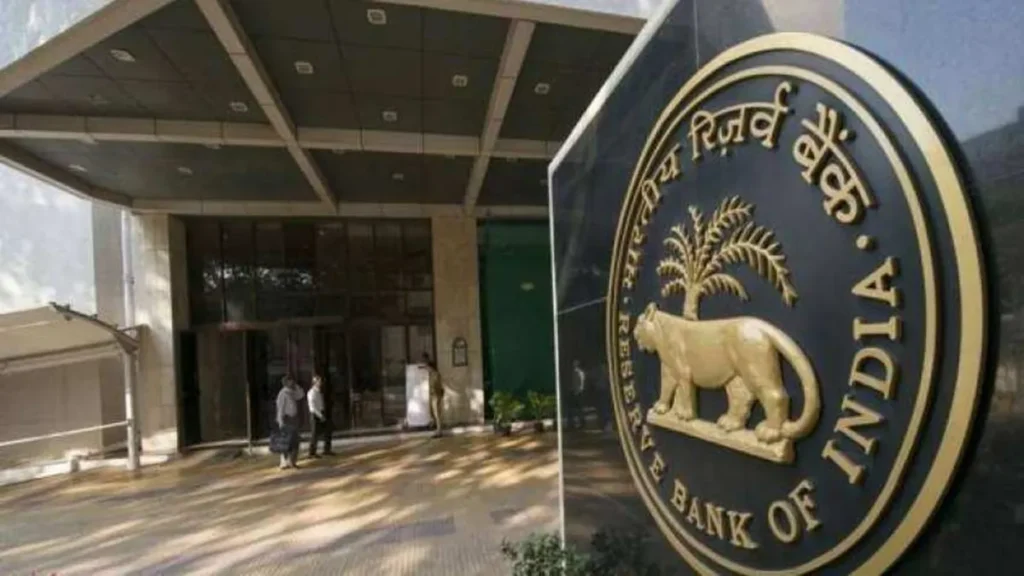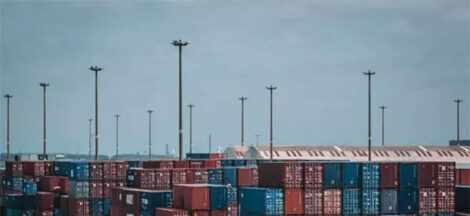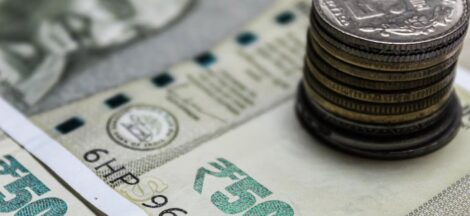NEW DELHI: The Monetary Policy Committee of the Reserve Bank of India (RBI), which is expected to cut the policy repo rate by another 25 basis points (bps) as it meets on June 4-6, may also lower the inflation forecast for FY26 significantly from 4% estimated earlier, according to sources.
Consumer price index (CPI) inflation for April came in at lower-than-expected rate of 3.16%. This and the possibility of food prices remaining generally subdued over the next few months due to robust supplies would prompt the downward revision of the inflation forecast for the current fiscal. Besides, the decline in crude oil prices has strengthened the disinflationary outlook.
In its 54th meeting held in April, the MPC had unanimously decided to reduce the policy rate by 25 basis points, bringing it down to 6%. This was the second consecutive rate cut, taking the total reduction in the current monetary easing cycle to 50 basis points. Most analysts expect two more rate cuts by the RBI-MPC in the current fiscal year, with some expecting back-to-back cuts in the next two reviews.
The MPC at its last meeting had projected CPI inflation for the current fiscal year at 4%, with quarterly estimates at 3.6% in Q1, 3.9% in Q2, 3.8% in Q3, and 4.4% in Q4.
The forecast for Q1 would likely see a big downward revision, especially since winter crop arrivals are promising to be strong, even as kharif arrivals are at the final leg. Above-normal monsoon forecast by the weather department followed last MPC meeting and this could buttress expectations that food prices would remain low for a considerable period.
The RBI had assumed a normal monsoon in framing its inflation projection in April. The risks were seen to be evenly balanced at that stage. Global uncertainties and the lingering fears of tariff tensions are among the factors that could provide upside risk to inflation estimates.
“Food and beverages” have a decisive weight of 45.86% in the CPI. Retail food inflation eased for the six consecutive month to 1.78%% in April compared to 2.69% in March, as prices of vegetables, pulses, meat, fish and spices declined with arrivals of winter harvest.
The consumer food price index (CFPI) declined by 0.153% sequentially last month compared to March. In April last year, the food inflation rate was as high as 8.7%.
The food inflation rate for April 2025 is the lowest since October 2021, when it was reported at 0.85%. “Food inflation came down mainly due to lower vegetable prices and inflation would likely be low in May and June too due to the base effect,” Madan Sabnavis, Chief Economist, Bank of Baroda, said.
Core inflation, which excludes volatile items like food and energy, however, inched up since December 2024 (3.61%) to April 2025 (4.21%), reflecting the lag effect of high food inflation over a long period on other categories of consumption items. Core inflation is believed to be a better gauge of domestic demand and more amenable to monetary policy.
Source: The Financial Express




 PM Starmer Should Make His Own Programme, Not Dance To Reform UK’s Agenda
PM Starmer Should Make His Own Programme, Not Dance To Reform UK’s Agenda 